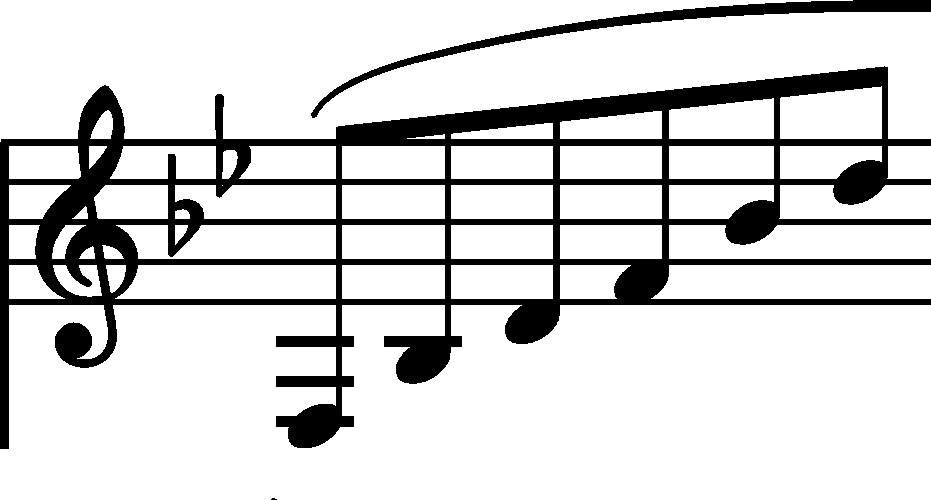



Issues : GE revisions
|
b. 63
|
composition: Op. 23, Ballade in G minor
..
The b In A, one can see another deleted note between the f1 and d2 quavers, most probably b category imprint: Differences between sources; Corrections & alterations; Source & stylistic information issues: EE revisions , Errors in FE , Corrections in A , Terzverschreibung error , GE revisions , Deletions in A , Authentic corrections of FE , Main-line changes |
||||||||
|
b. 65-67
|
composition: Op. 23, Ballade in G minor
..
It is only GE that include the correct version of the R.H. rest in the 2nd half of b. 65. In A and EE, there is only a minim rest (without a dot), while in FE there is no rest at all. In the 1st half of b. 67, A (→FE→EE) contain only a minim rest too, which suggests that it was considered to be filling a half of the bar (analogously to a semibreve rest). category imprint: Interpretations within context; Differences between sources issues: EE revisions , Errors in FE , GE revisions , EE inaccuracies , Inaccuracies in A |
||||||||
|
b. 68
|
composition: Op. 23, Ballade in G minor
..
In A, there is only one In both cases, "harmonic legato" is probably to be applied (holding the chord's elements with fingers): category imprint: Differences between sources; Editorial revisions issues: GE revisions , Authentic corrections of FE |
||||||||
|
b. 69
|
composition: Op. 23, Ballade in G minor
..
The missing tie to the e category imprint: Interpretations within context; Differences between sources issues: EE revisions , Errors in FE , GE revisions |
||||||||
|
b. 72
|
composition: Op. 23, Ballade in G minor
..
The second category imprint: Differences between sources issues: Inaccuracies in FE , GE revisions |

 1 in
1 in  .
. in
in 
 .
.